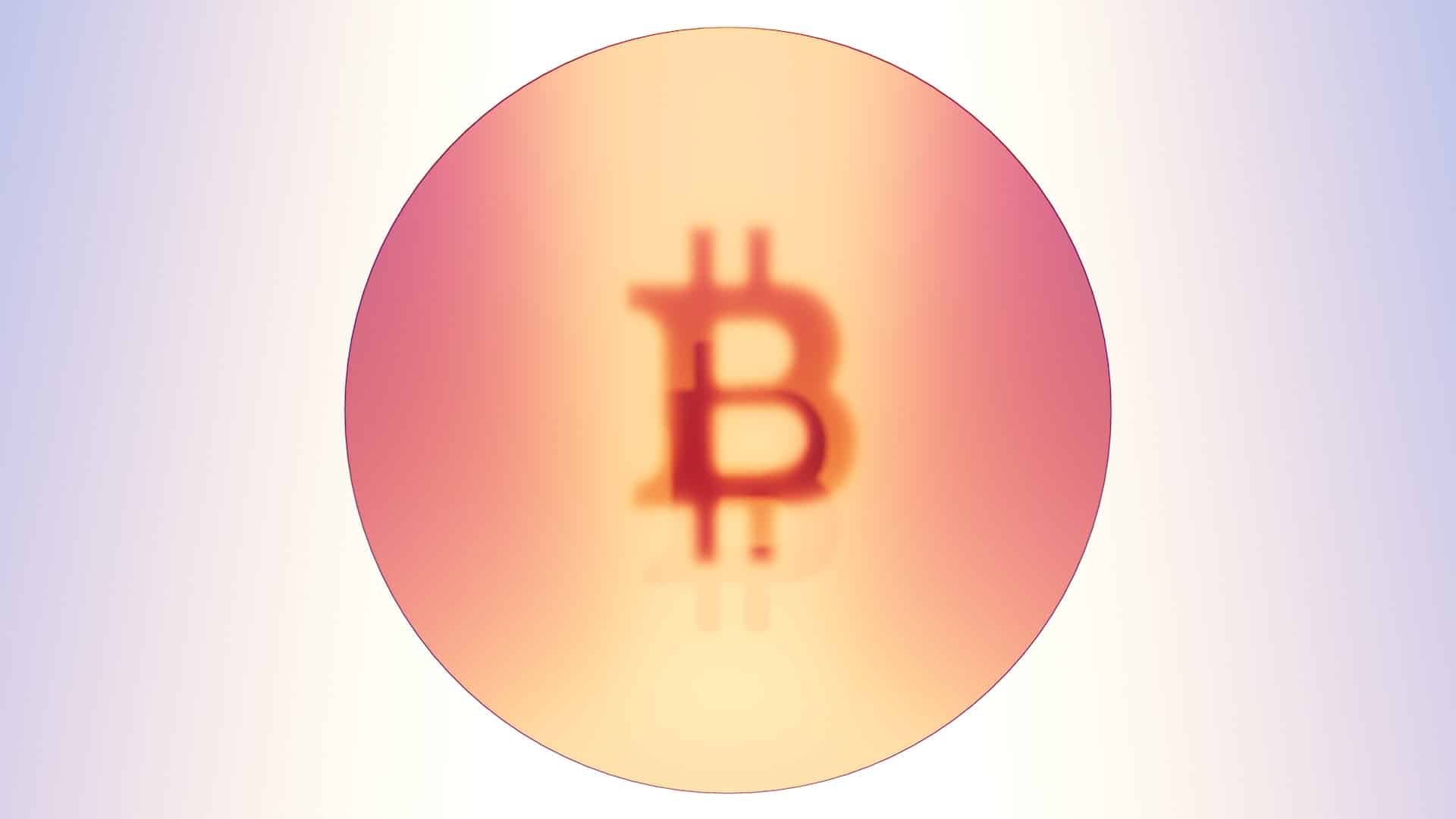Building on Bitcoin has risen in popularity recently, with developers keen to capitalize on Bitcoin’s strong brand and newly enhanced developer capabilities. One of the latest innovations in the Bitcoin ecosystem is Bitcoin STAMPS or SRC-20 tokens. Read on to learn how they work and differ from ordinal inscriptions.
What Are Bitcoin STAMPS?
Bitcoin STAMPS (Bitcoin Secure Tradeable Art Maintained Securely) are NFTs representing unique digital assets stored on the Bitcoin blockchain.
Also known as SRC-20 tokens, STAMPS draw inspiration from Ordinal Inscriptions but go a step further to ensure permanence. Storage of SRC-20 tokens takes place directly in the spendable transaction outputs of the blockchain, making pruning impossible. This feature distinguishes them from other NFTs relying on centralized databases or on-chain data.
Initially, Bitcoin STAMPS utilized the open-source Counterparty protocol for broadcasting onto the blockchain. However, the current version (as of block 796,000) encodes the SRC-20 transaction directly on the Bitcoin blockchain. The new version aims to reduce the cost and burden on the network.
How Do SRC-20 Tokens Work?
SRC-20 tokens work by encoding image data (GIF, PNG, or SVG formats) to a base64 string which forms the transaction’s description key. The data becomes immutable since chunking it into outputs makes it invulnerable to pruning.
Upon completion of decoding, the developers make the images available on stampchain.io, where they can be traded as digital assets.
Just like any other NFT, you can create a unique piece of art and proceed to tokenize it using the process above. Once complete, your art will have a unique identifier that establishes ownership. With the NFT’s identifiers recorded on the blockchain, its duplication or manipulation is impossible.
The technology’s nature limits the image sizes to 24×24 pixels, just like CryptoPunks. The STAMPS are numbered chronologically, and deciphering the base64 string is a condition for the transaction’s consideration as a Bitcoin Stamp.
Currently, SRC-20 tokens are unavailable for trade on popular NFT exchanges such as OpenSea. However, the developer, Mike In Space, has indicated ongoing talks with Token.Art, Hiro Wallet, and Emblem on integration and listing on marketplaces.
How Do Bitcoin STAMPS Differ From Ordinal Inscriptions?
While the two Bitcoin-native digital assets have some similar features, there are some key differences:
Immutability
The image data for Ordinal inscriptions relies on witnesses’ validation. Consequently, there is a theoretical possibility of pruning, but given the network’s decentralized nature, it can prove challenging.
On the other hand, Bitcoin STAMPS store images on the transaction outputs, meaning all nodes download the data. There is no room for pruning, and the data remains secure forever.
Size
The storage costs for Bitcoin STAMPS are quite high due to the feature of storing data on all nodes. Consequently, users can only store light 24×24 pixels images as STAMPS. Ordinal inscriptions have the upper hand, with up to 4 MB block sizes. This offers variety regarding the information stored on ordinals and more possibilities for use cases.
File Type
Due to the size limitations, Bitcoin STAMPS only allow PNG, SVG, and GIF file formats. Ordinal inscriptions use a loophole in the taproot upgrade to add any data type, including games, apps, videos, PDFs, audio, and images.
Integration
As of June 2023, there has been no indication of STAMPS integration despite the creator indicating ongoing talks with Token.Art, Hiro Wallet, and Emblem in early April 2023. Ordinal inscriptions have enjoyed the first mover advantage and boast integrations with over 21 platforms, including OKX, UniSat Wallet, XVerse, Hiro Wallet, and Ordinals Wallet.
The Industry’s Reaction to Bitcoin STAMPS
The reception to Bitcoin STAMPS has been mixed. From a Bitcoin maximalist perspective, they are yet another “built-on-Bitcoin” project bound to congest the network. The idea that one can store digital art on the Bitcoin blockchain forever doesn’t seem a convincing enough use case. The limited image size reinforces the skeptical view that STAMPS will ultimately offer little utility.
On the other hand, Bitcoin STAMPS are generating interest in the infrastructure around the Bitcoin network. This impacts adoption and may influence positive price movements for Bitcoin. Consequently, SRC-20 tokens have value even for those who may not wish to invest in them.
Bitcoin STAMPS represent a new opportunity for collectors to own unique digital assets. The project seems to be in its development stages, with the creator making adjustments to the process and is yet to convince other platforms to integrate the asset. They are an NFT asset class worth placing on your watchlist to observe how they progress.




